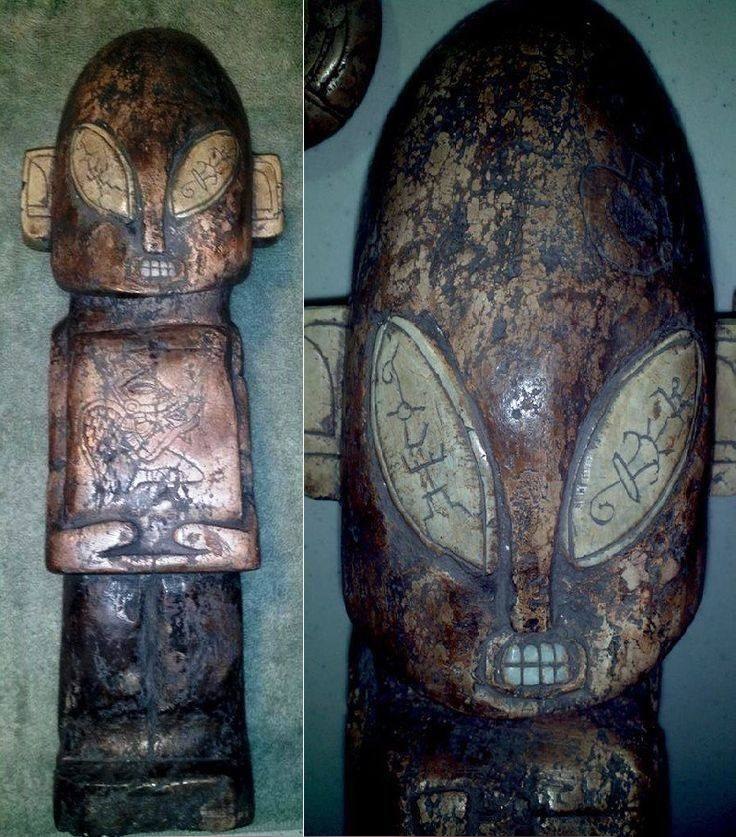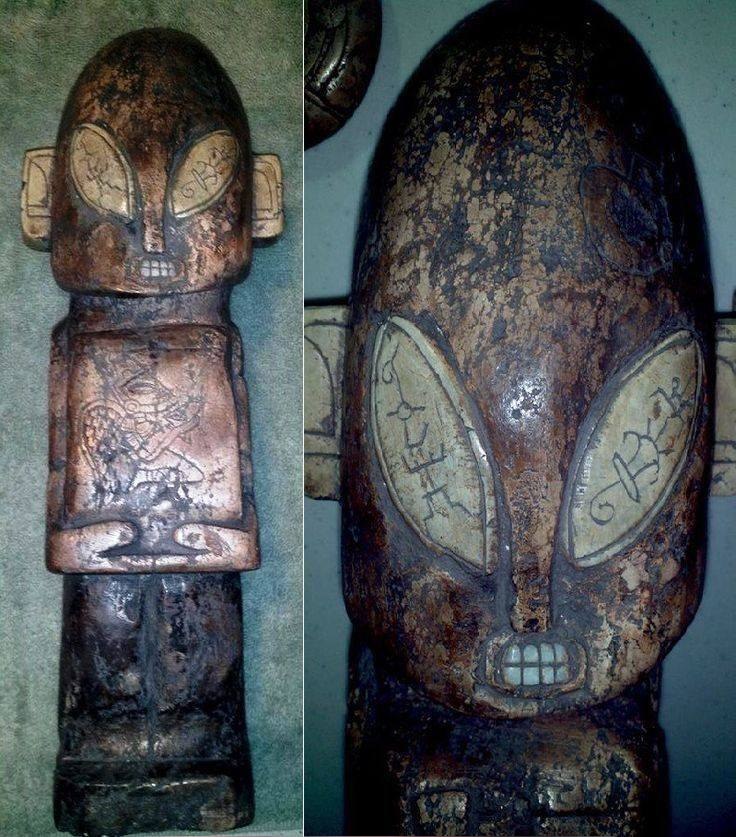The mysteries of the cosmos and the depths of our ancient past have always fascinated humanity. Recent discoveries and intriguing theories suggest a profound connection between ancient civilizations and extraterrestrial visitors. As we delve deeper into these connections, we uncover tantalizing evidence that challenges our understanding of history, technology, and the very origins of human civilization.

One of the most compelling pieces of evidence linking ancient civilizations with extraterrestrial visitors comes from the architectural marvels left behind by these early societies. The Great Pyramid of Giza, the Nazca Lines in Peru, and the stone heads of Easter Island all exhibit advanced knowledge of engineering, mathematics, and astronomy. The precision with which these structures were built has led some researchers to propose that they were constructed with the assistance of advanced beings from beyond our world. The alignment of the pyramids with celestial bodies, the intricate patterns of the Nazca Lines only visible from the sky, and the massive stone heads transported over great distances are all feats that defy the technological capabilities of their time.
Further evidence comes from ancient texts and myths. Many cultures have stories of gods or beings descending from the skies, bringing knowledge and technology. The Sumerians, one of the earliest known civilizations, wrote about the Anunnaki, deities who came from the heavens to earth. The ancient Indian epics, the Mahabharata and the Ramayana, describe flying machines called vimanas and powerful weapons reminiscent of modern technology. The Dogon tribe in Africa has detailed astronomical knowledge, including information about the Sirius star system, which they claim was imparted to them by beings from Sirius.
The similarities between these disparate cultures’ accounts of sky beings suggest a shared experience or knowledge. These ancient texts often describe these visitors with features that resemble modern depictions of extraterrestrials: elongated heads, large eyes, and advanced technological capabilities. These descriptions, along with the sophisticated knowledge and artifacts left behind, point to the possibility that ancient civilizations had contact with extraterrestrial visitors who influenced their development.
Modern encounters with extraterrestrial beings add another layer to this intriguing puzzle. Since the mid-20th century, there have been countless reports of UFO sightings and alleged encounters with extraterrestrial beings. While many of these accounts can be explained away as natural phenomena or hoaxes, a significant number remain unexplained. The consistency in the descriptions of these encounters, from the craft to the beings themselves, echoes the ancient accounts. Witnesses often describe the beings as humanoid with large heads and eyes, similar to the depictions found in ancient art and texts.
One of the most famous modern encounters is the Roswell incident of 1947, where a UFO allegedly crashed in New Mexico. The official explanation was a weather balloon, but many believe it was an extraterrestrial craft, and that the government covered up the incident. Similarly, the Rendlesham Forest incident in 1980 involved multiple military personnel witnessing strange lights and a craft in the forest near a US airbase in England. These modern accounts, along with the artifacts and texts from ancient civilizations, suggest that contact with extraterrestrial beings may have been a continuous thread throughout human history.
The implications of these connections are profound. If ancient civilizations did have contact with extraterrestrial beings, it could explain the rapid advancements in technology and knowledge that occurred in seemingly isolated pockets around the world. It also raises questions about the origins of human civilization and the role these visitors may have played in our development. Were they merely observers, or did they actively shape the course of human history?
Skeptics argue that attributing ancient achievements to extraterrestrial influence undermines the ingenuity and capabilities of our ancestors. They point to the lack of concrete evidence and the tendency of such theories to rely on gaps in our knowledge rather than solid proof. However, the sheer number of similarities across different cultures and times, combined with modern encounters, makes the idea difficult to dismiss entirely.
In conclusion, delving into the connection between aliens, ancient civilizations, and modern encounters with extraterrestrial visitors opens up a fascinating and complex narrative. While definitive proof remains elusive, the evidence we do have suggests that the history of human civilization may be far more intertwined with extraterrestrial influence than we currently understand. As we continue to explore the mysteries of our past and the cosmos, we may one day uncover the truth about our place in the universe and the beings we share it with. Until then, the connection between aliens and ancient civilizations remains one of the most intriguing enigmas of our time, inviting us to question, explore, and imagine the possibilities beyond our current knowledge.




